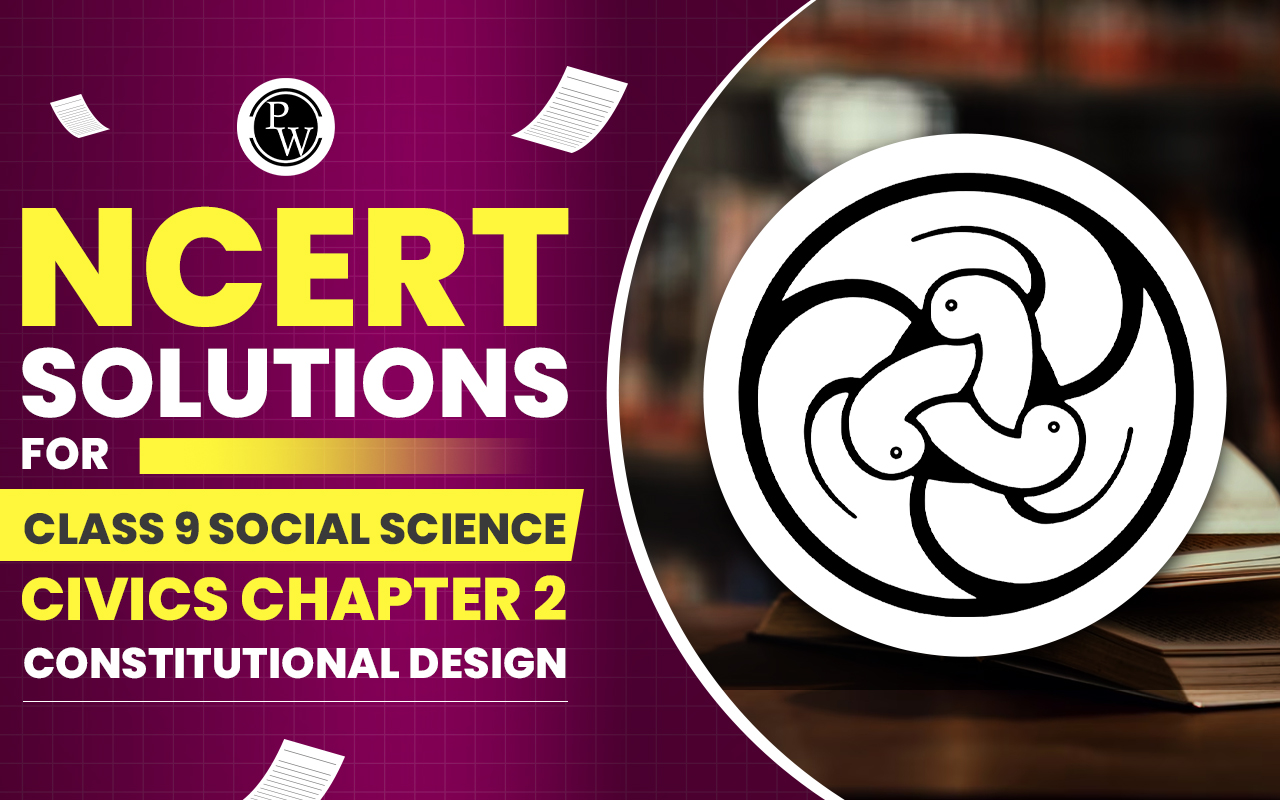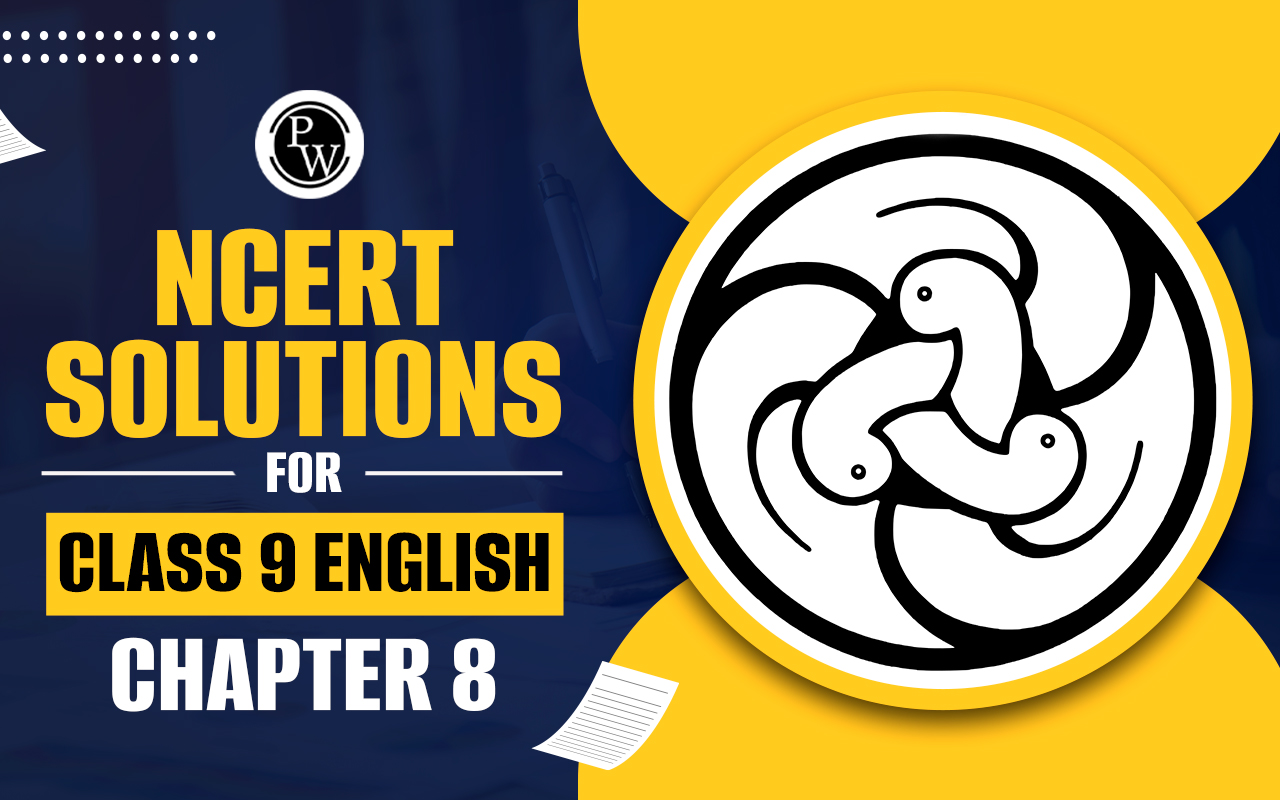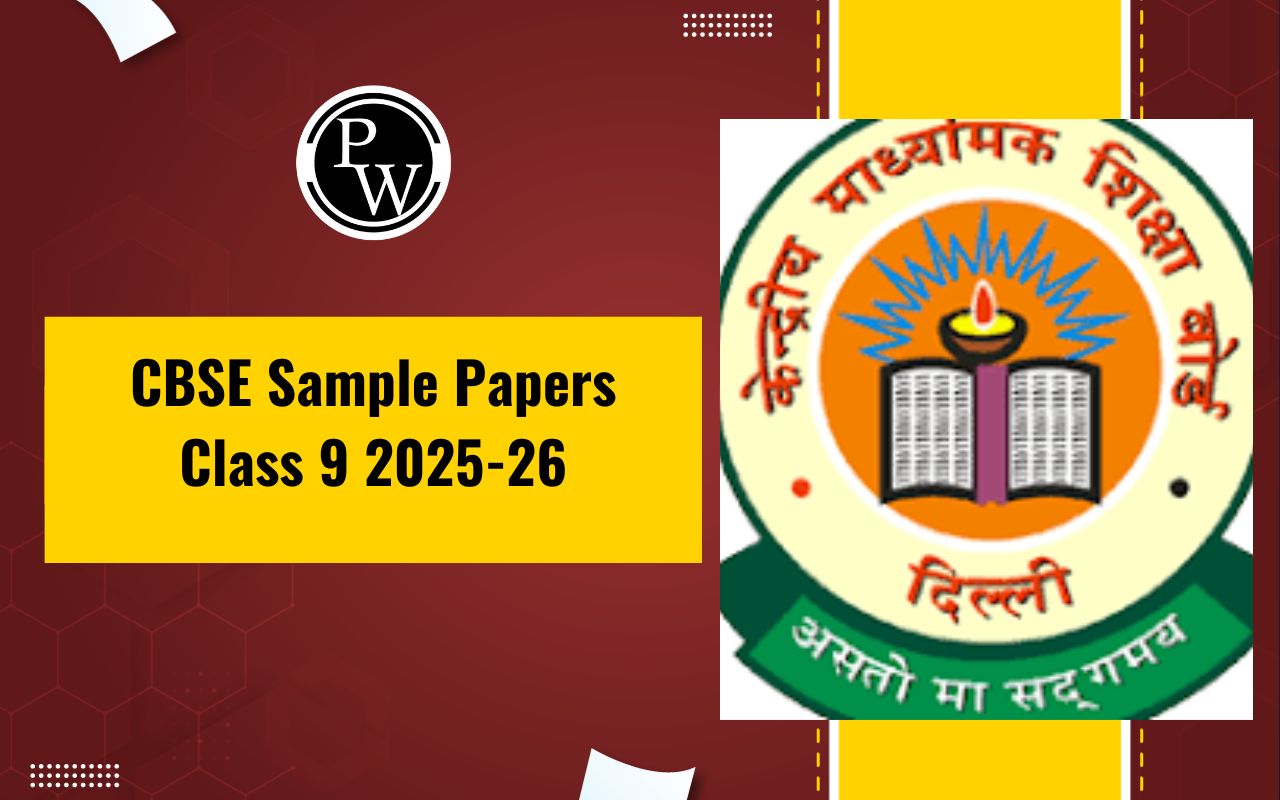
Transitive and Intransitive Verbs: Transitive and intransitive verbs are two types of action verbs that describe different kinds of actions in a sentence.
Transitive verbs require an object to complete their meaning. This means that the action of the verb is directed towards someone or something. For example, in the sentence "She loves pizza," "loves" is a transitive verb because it requires an object ("pizza") to complete the action. On the other hand, intransitive verbs do not require an object to complete their meaning. The action expressed by the verb is complete without needing to act upon someone or something else. For example, in the sentence "He sleeps," "sleeps" is an intransitive verb because it doesn't require an object to complete the action. Understanding the difference between transitive and intransitive verbs helps in constructing grammatically correct sentences and clarifying the relationship between the subject and the action. In this article we will discuss Transitive and Intransitive Verbs in detail.What are Transitive and Intransitive Verbs?
Transitive Verbs
A transitive verb is a type of verb that requires an object to complete the action being performed by the subject.According to various dictionaries:
- The Cambridge Dictionary defines a transitive verb as a verb that "has or needs an object."
- The Collins Dictionary describes a transitive verb as a verb "accompanied by a direct object" and from which a passive form can be created, as seen in verbs like "deny," "rectify," and "elect."
- Merriam-Webster Dictionary also characterizes transitive verbs as those "having or containing a direct object."
Intransitive Verb
An intransitive verb is a verb that doesn't necessarily require an object to make sense of the action being performed by the subject in a sentence or context. However, some verbs can function both as transitive and intransitive verbs.Dictionaries define intransitive verbs as follows:
- Merriam-Webster Dictionary: An intransitive verb is characterized by "not having or containing a direct object."
- Cambridge Dictionary: An intransitive verb is a verb "having or needing no object."
- Collins Dictionary: An intransitive verb is a verb "that indicates a complete action without being accompanied by a direct object," such as "sit" or "lie," and in English, these verbs do not form a passive construction.
How to identify a Transitive Verb
How to identify an Intransitive verb
Identifying an intransitive verb involves recognizing verbs that do not require an object to complete their meaning or convey a complete action. Here's a breakdown:- No Direct Object : Intransitive verbs do not have a direct object following them in a sentence. Unlike transitive verbs, which demand an object to make sense, intransitive verbs stand alone without requiring anything to act upon.
- Completes Action Without Object : Intransitive verbs express actions or states that are complete in themselves and do not need to act upon something or someone else. The action described by the verb is self-contained within the subject.
- Can End a Sentence : Intransitive verbs can often be used to end a sentence and still convey a complete thought. They don't leave the reader or listener wondering about an object that's missing.
Examples of intransitive verbs:
- "She sleeps." (The verb "sleeps" doesn't need an object to make sense.)
- "The flowers bloomed." (Here, "bloomed" describes an action without needing to act upon something.)
- "He laughed." (The action of laughing is complete without needing to laugh at something specific.)
Transitive Verbs vs Intransitive Verbs
Here is the difference between Transitive Verbs vs Intransitive Verbs:| Aspect | Transitive Verbs | Intransitive Verbs |
| Object Requirement | Require an object to complete the meaning of the action. | Do not require an object to complete the meaning of the action. |
| Objects | Occur in sentences that follow patterns like SVO (Subject-Verb-Object), SVIODO (Subject-Verb-Indirect Object-Direct Object), SVOC (Subject-Verb-Object-Complement), SVOA (Subject-Verb-Object-Adverbial), ASVO (Adverbial-Subject-Verb-Object), and others. | Occur in sentences with patterns like ASVC (Adverbial-Subject-Verb-Complement), SV (Subject-Verb), SVC (Subject-Verb-Complement), ASVA (Adverbial-Subject-Verb-Adverbial), and others. |
| Examples | "She eats pizza." (Eats is transitive; pizza is the direct object.) | "She sleeps." (Sleeps is intransitive; there's no object.) |
| "He gave her a book." (Gave is transitive; her is the indirect object, and book is the direct object.) | "They laughed." (Laughed is intransitive; there's no object.) | |
| Passive Voice | Can often be transformed into passive voice constructions. | Cannot be transformed into passive voice constructions. |
Transitive Verbs and Intransitive Verbs Examples
Transitive and Intransitive Verbs FAQs
What is a transitive verb?
A transitive verb is a type of verb that requires a direct object to complete its meaning. Without the direct object, the action expressed by the verb would be incomplete. Transitive verbs often answer the questions "What?" or "Whom?" after the action.
What is an intransitive verb?
An intransitive verb is a type of verb that does not require a direct object to complete its meaning. Intransitive verbs often stand alone in a sentence without needing to act upon something else.
How can I identify transitive and intransitive verbs in a sentence?
To identify transitive verbs, look for verbs that require a direct object to complete their meaning. In contrast, intransitive verbs do not require a direct object and often stand alone in a sentence. Asking questions like "What?" or "Whom?" after the action can help determine if a verb is transitive or intransitive.
Can a verb be both transitive and intransitive?
Yes, some verbs can function as both transitive and intransitive, depending on the context. For example:
"She sings." (Intransitive)
"She sings a song." (Transitive)
Can transitive verbs be changed into passive voice constructions?
Yes, transitive verbs can often be changed into passive voice constructions, while intransitive verbs cannot.
🔥 Trending Blogs
Talk to a counsellorHave doubts? Our support team will be happy to assist you!

Free Learning Resources
PW Books
Notes (Class 10-12)
PW Study Materials
Notes (Class 6-9)
Ncert Solutions
Govt Exams
Class 6th to 12th Online Courses
Govt Job Exams Courses
UPSC Coaching
Defence Exam Coaching
Gate Exam Coaching
Other Exams
Know about Physics Wallah
Physics Wallah is an Indian edtech platform that provides accessible & comprehensive learning experiences to students from Class 6th to postgraduate level. We also provide extensive NCERT solutions, sample paper, NEET, JEE Mains, BITSAT previous year papers & more such resources to students. Physics Wallah also caters to over 3.5 million registered students and over 78 lakh+ Youtube subscribers with 4.8 rating on its app.
We Stand Out because
We provide students with intensive courses with India’s qualified & experienced faculties & mentors. PW strives to make the learning experience comprehensive and accessible for students of all sections of society. We believe in empowering every single student who couldn't dream of a good career in engineering and medical field earlier.
Our Key Focus Areas
Physics Wallah's main focus is to make the learning experience as economical as possible for all students. With our affordable courses like Lakshya, Udaan and Arjuna and many others, we have been able to provide a platform for lakhs of aspirants. From providing Chemistry, Maths, Physics formula to giving e-books of eminent authors like RD Sharma, RS Aggarwal and Lakhmir Singh, PW focuses on every single student's need for preparation.
What Makes Us Different
Physics Wallah strives to develop a comprehensive pedagogical structure for students, where they get a state-of-the-art learning experience with study material and resources. Apart from catering students preparing for JEE Mains and NEET, PW also provides study material for each state board like Uttar Pradesh, Bihar, and others
Copyright © 2025 Physicswallah Limited All rights reserved.
Get App









